
38

Hole io
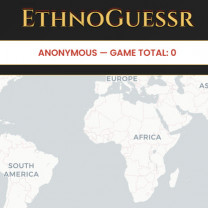
ETHNOGUESSR

Scrandle
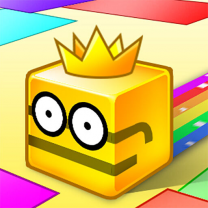
Paper IO
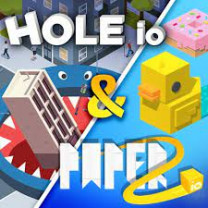
Hole io 2

Venge IO
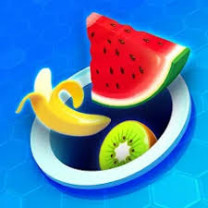
Hole Master
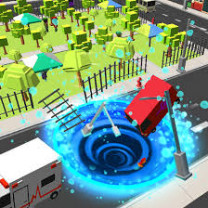
Hole Io: Absorb Market
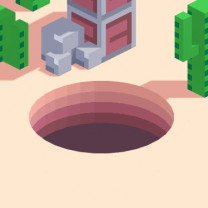
Hole

Attack Hole

Smashy Road
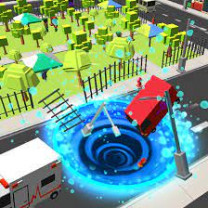
Grow A Black Hole: Idle Clicker
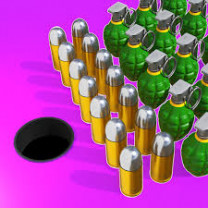
Attack Black Hole

Crowd Eater: Idle Black Hole

Super Black Hole
In Hole Run, you control a vibrant row of rainbow spheres as they navigate through a twisting labyrinth filled with tricky traps and obstacles. The goal? Guide your spheres safely through the maze without losing too many along the way.
The game’s concept of controlling a “row” of spheres suggests a dynamic where collecting more balls increases the length of the chain, adding complexity. This is similar to games like Snake or Hole.io, where growing your object (or chain) increases both score potential and navigation difficulty. Collecting balls en route likely boosts your score or unlocks bonuses when you reach the basket.
The labyrinth setting draws from physical maze ball games, where players manipulate a board to guide a ball through intricate paths. In Hole Run, traps (like holes or moving barriers) and obstacles (like walls or spikes) create a challenging environment, requiring precision and quick reflexes. The digital format allows for dynamic elements, such as moving traps or collapsing paths, not possible in physical versions.
The goal of scoring in a basket at the end of the labyrinth aligns with physics-based games like those on Coolmath Games, where players manipulate levers or portals to direct a ball to a target. In Hole Run, the basket likely serves as a satisfying endpoint, with the number of spheres successfully guided (or collected) determining the score. Bonus points might be awarded for speed or avoiding traps.
The “rainbow” aspect of the spheres suggests a colorful, cheerful aesthetic, appealing to casual gamers. This vibrant design contrasts with the high-stakes challenge of navigating traps, creating a balance of accessibility and difficulty. Similar games use bright visuals to keep players engaged during repetitive or challenging levels.
Hole Run builds on the legacy of 3D ball games from the early 2000s, like those described on Reddit, where players controlled a ball through sky-based obstacle courses using the arrow keys. The mobile format of Hole Run modernizes this concept with touch controls and dynamic visuals, tailored for quick, addictive play sessions.
Traps in Hole Run likely include pitfalls, narrowing paths, or moving hazards, inspired by shows like Wipeout, which feature obstacle courses. These elements test player dexterity and strategy, as losing spheres to traps could reduce the score or end the run prematurely.
Like many mobile games, Hole Run probably features escalating difficulty, with later levels introducing more complex labyrinths or faster-moving traps. Collecting balls might unlock new sphere designs, power-ups (e.g., shields to protect against traps), or bonus levels, encouraging players to replay and improve their scores.
As a mobile game, Hole Run fits into the casual gaming ecosystem, similar to titles on platforms like Netflix’s mobile game library, which prioritize accessibility and short play sessions. Its simple premise—guide spheres, avoid traps, score—makes it easy to pick up, while the increasing challenge keeps players hooked.
The game taps into a universal love for dexterity puzzles, which have existed for centuries in physical forms (e.g., wooden labyrinths). Hole Run translates this tactile experience into a digital format, appealing to both nostalgic players and new audiences who enjoy skill-based challenges.